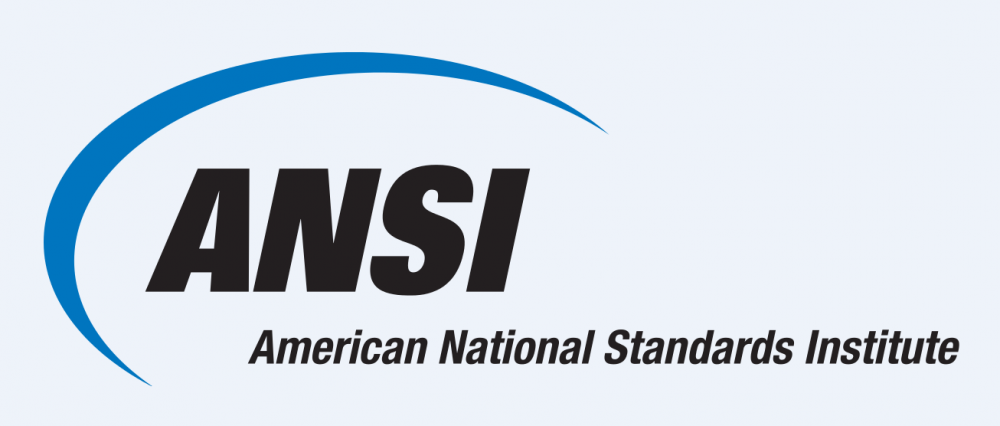 On June 30, the American National Standards Institute
(ANSI) published the second version of the Standardization Roadmap for
Unmanned Aircraft Systems. The roadmap was the work of ANSI’s Unmanned
Aircraft Systems Standardization Collaborative (UASSC), a group formed to coordinate
the development of standards needed to facilitate the safe integration of UAS into
the national airspace. UASSC included over 400 individuals from 250 public and
private organizations including the FAA, other federal agencies, industry and
academia. The UASSC was not tasked with developing standards itself, but rather
help identify standards that need to be developed by standard developing
organizations such as the American Society of Agricultural and Biological
Engineers, which also develops standards related to aerial applications.
On June 30, the American National Standards Institute
(ANSI) published the second version of the Standardization Roadmap for
Unmanned Aircraft Systems. The roadmap was the work of ANSI’s Unmanned
Aircraft Systems Standardization Collaborative (UASSC), a group formed to coordinate
the development of standards needed to facilitate the safe integration of UAS into
the national airspace. UASSC included over 400 individuals from 250 public and
private organizations including the FAA, other federal agencies, industry and
academia. The UASSC was not tasked with developing standards itself, but rather
help identify standards that need to be developed by standard developing
organizations such as the American Society of Agricultural and Biological
Engineers, which also develops standards related to aerial applications.
The overall goal of creating the Standardization Roadmap
for Unmanned Aircraft Systems was to identify all existing standards
related to UAS, standards currently in development, standards that need to be
developed, and research needed in order to create the necessary standards. The
roadmap also briefly covered current UAS activities from some of the participating
organizations. The overall goal of the UASSC roadmap is to support UAS growth with
an emphasis on safety.
As part of UASSC, NAAA ensured that standards and research
related to the safety risks UAS present to agricultural aircraft and other low-level
aircraft were identified and included in the roadmap. These included standards
dealing with detect and avoid (DAA) systems, geo-fencing, UAS conducting power
line inspections, UAS remote identification and airworthiness.
NAAA also played a major role in the section of the roadmap
dealing with using UAS to perform aerial applications. NAAA made sure the
roadmap pointed out that tank capacity and field size play an important role in
determining the feasibility of UAS for applications in the U.S. NAAA also
included the study conducted in 2015 by the Colorado Agricultural Aviation
Association in conjunction with the Think Before You Launch (TBYL) safety
coalition that proved agricultural aviators cannot see UAS, and another study published
in Transactions of the ASABE, a peer-reviewed journal of the American Society of Agricultural and Biological
Engineers (ASABE), which looked at pesticide drift from UAS. This study concluded
that the current AgDRIFT model used by the EPA to evaluate the risk of drift
from aerial applications cannot handle modeling UAS by itself; an additional
model is needed to deal with the multiple vortices created by multi-rotor UAS.
The authors also found that when UAS exceed critical speed (14.5–17.8 mph)
the risk of drift is considerable.
NAAA will continue to monitor future
standard developments related to UAS to ensure safety to the agricultural
aviation industry.